(Upload on Sept. 27 2007. Last on November 16 2016) [ 日本語 | English ]
Mount Usu / Sarobetsu post-mined peatland
From left: Crater basin in 1986 and 2006. Cottongrass / Daylily
HOME > Plant list (植物リスト) > Polygonaceae (タデ科) > Polygonum longisetum
Polygonum L. (タデ)Inutade (イヌタデ, 犬蓼), bristly lady's-thumb, (Asiatic) smartweed, bristled knotweed, bunchy knotweed or long-bristled smartweedAkamamma (アカマンマ) Lifeform: weedy annual forb (with 10-50 cm in height, occasionally 60 cm in height) Distribution: widespread in Asia Habitat: bareground - grassland Seed germination: developing seasonality (Tsuyzuaki 2006), increased by cold stratification after smoke treatment (Tsuyuzaki & Miyoshi 2009) |
Seedbank: persistent → developed in the former topsoil on Mount Usu (Tsuyuzaki 1989) Flowering: during July and October in and around Sapporo Chromosome number: 2n = 40 Synonum: Persicaria longiseta (Bruijn) Kitag. f. albiflorum (Honda) Ohwi (シロバナイヌタデ) |
|
 1
1
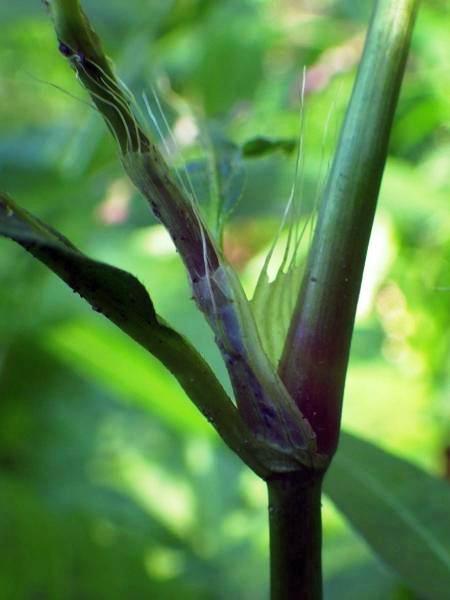 2
2
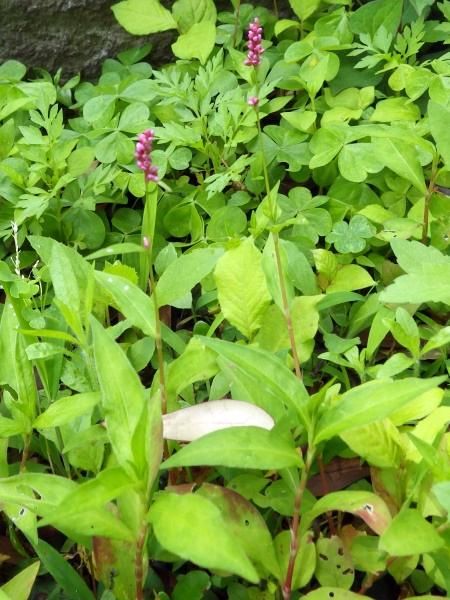 3
3
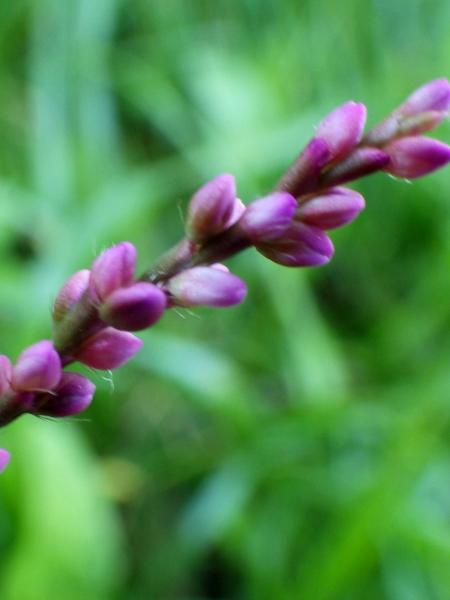 4
4
 5
5
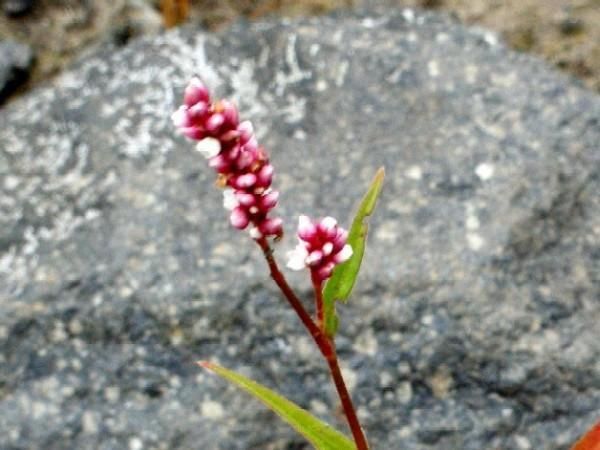 6
6
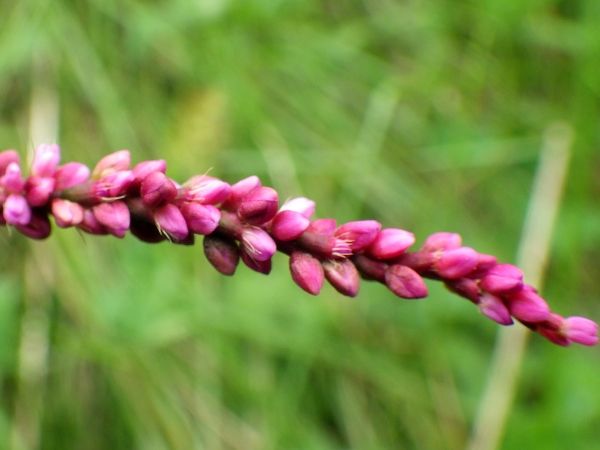 7
7
[1/2] at Hokkaido Univesity Campus. [1] on September 19 2007. [2] on September 16 2014. [3] at a grassland in Yushima Temple (seido), Tokyo, on May 30 2014. [4] beside a ground for elementary school in Muroran City on September 8 2014. [5] in the campus of Hokkaido University of Education at Hakodate, southern Hokkaido, on September 26 2014. [6] at the foot of Nishiyama Craters on Mount Usu (有珠山) on September 9 2009. (also, recorded on August 27 2021). Annual plants must produce flowers within a given year. This plant was so small. This species developed a seedbank (埋土種子) in the former topsoil even 10 years after the 1977-78 eruptions on Mount Usu. [7] at the backyard of Toya Lake Experimental Station on September 13 2016. Records: on a trail adjacent to Toyonaka Park along Shojin River, Sapporo, on September 18 2021. Close to Kanda River, Tokyo, on December 17 2016. Along Yubari River near Horomui restoration area, Nanporo Town, central Hokkaido, on November 3 2024.